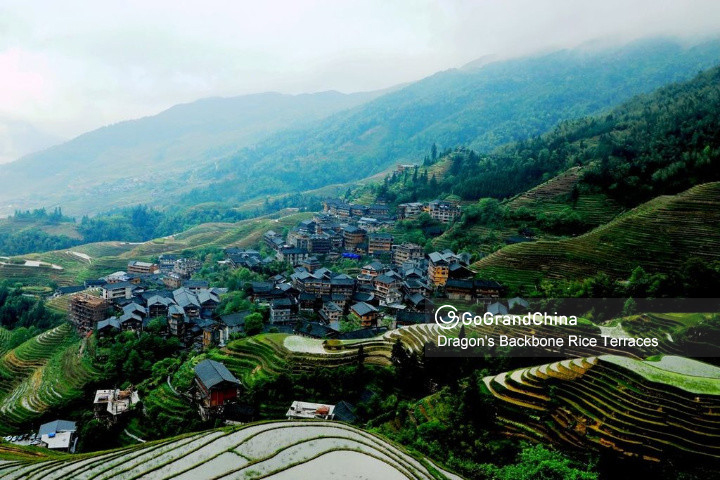You have no items in your shopping cart.
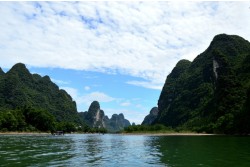

You can’t go to Guilin and not see these 4 must see Guilin attractions
Guilin means "Forest of Sweet Osmanthus" in Chinese, owing to the large number of fragrant sweet osmanthus trees located in the region. The city has long been renowned for its scenery of karst topography. Guilin is one of China's most popular tourist destinations, and the epithet "By water, by mountains, most lovely, Guilin" is often associated with the city. If you’re planning a trip to Guilin, no matter the length, there are some sights you just need to see. To help you plan your trip to Guilin, we’ve created a list of the 4 must see Guilin attractions for your reference. Use this as a checklist if you want to make the most out of your Guilin trip.
Here are 4 stunning Guilin tourist attractions you have to visit when you are in the city!
1. Li River Cruise from Guilin to Yangshuo
The Li River flows in the general southern direction through Guilin and Yangshuo, finally falls into the Xijiang River which is the western tributary of the Pearl River. The upper course of the Li River is connected by the ancient Lingqu Canal with the Xiangjiang River, which flows north into the Yangtze River; this in the past made the Li River part of a highly important waterway connecting the Yangtze River Valley with the Pearl River Delta. The 83-kilometer-long waterway from Guilin to Yangshuo is like an artist's masterpiece. The landscape is decorated with startling hills, steep cliffs, fantastic caves and farming villages, and is lined with bamboo. In a Chinese poem it is written: "The river is a green silk ribbon, and the hills are jade hairpins". Cruising on the Li River is enjoyable no matter what the weather is like. During sunny days, you can see the inverted reflection of the hills on both sides clearly in the water. During cloudy days, the hills are surrounded by mist and you may feel that you are cruising in a mystical paradise. And when the rain comes, drizzle is like a vale, which covers the hills and river, and you may feel the poetic connotations of this too. Get more about Li River Cruise.
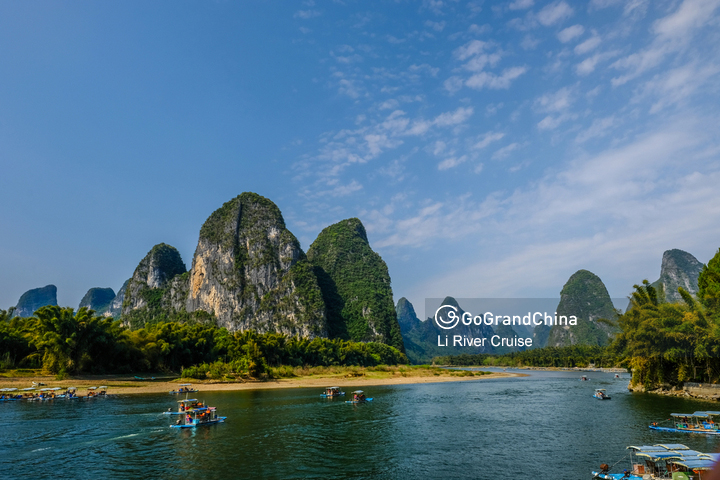
2. Reed Flute Cave
The Reed Flute Cave is a natural limestone cave with multicolored lighting and has been one of Guilin's most interesting attractions for over 1200 years. The cave got its name from the type of reed growing outside, which can be made into melodious flutes. Formed more than 700 thousand years ago, the cave is shaped like a bag, the entrance and the exit are close to each other. The highest point of the cave is up to 18 meters, the widest part is up to 93 meters. The length of the cave is 240 meters and offers a majestic fairyland of karst landscape. There are the stalactites hanging on the roof, the stalagmites growing on the ground, and the stone pillars formed by the stalactite and the stalagmite. And there are large quantities of the stone curtain, flower and waterfall. With the colorful light and the changeable stalactites, you will feel like you are in fairyland. Inside, there are more than 70 inscriptions written in ink, which can be dated back as far as 792AD in the Tang Dynasty. Get more about Reed Flute Cave.
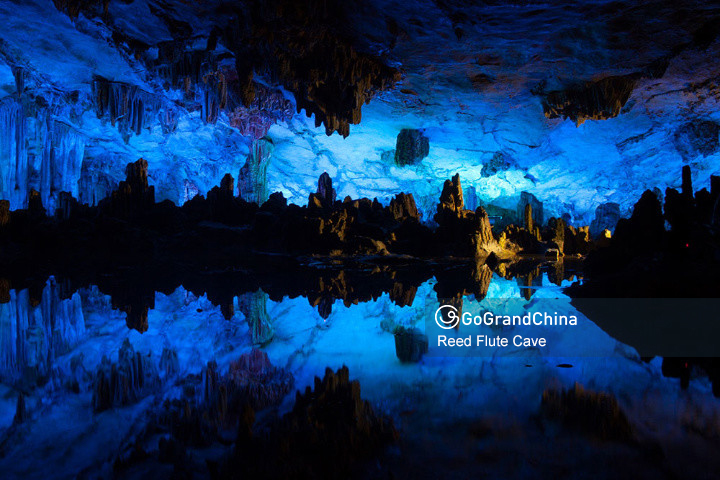
3. Elephant Trunk Hill
Elephant Trunk Hill is located at the west bank of the Li River. It gets its name because it looks like a huge elephant dig its trunk into the river. The hill is 55 meters high, 108 meters long, 100 meters wide and has an elevation of 200 meters above sea level. The Elephant Trunk Hill is regarded as the symbol of Guilin City. Between the elephant trunk and the elephant legs there is a bright huge cave, namely, the Shuiyue (water & moon) Cave. Under the moon light, the shadow of the cave is like a moon in the river. Thus there are two moons in the river. Out of the Shuiyue Cave, stepping to the slope, there is a cave going through the hill, like the eye of the elephant, hence the name Elephant's Eye Rock. On the top of the hill there is the Puxian (Samantabhadra) Pagoda built in the Ming Dynasty. Looking from afar, the pagoda is like the handle of a sword, also like a vase, so it is also called Jianbing (sword handle) Pagoda or Baoping (Vase) Pagoda. Get more about the Elephant Trunk Hill.
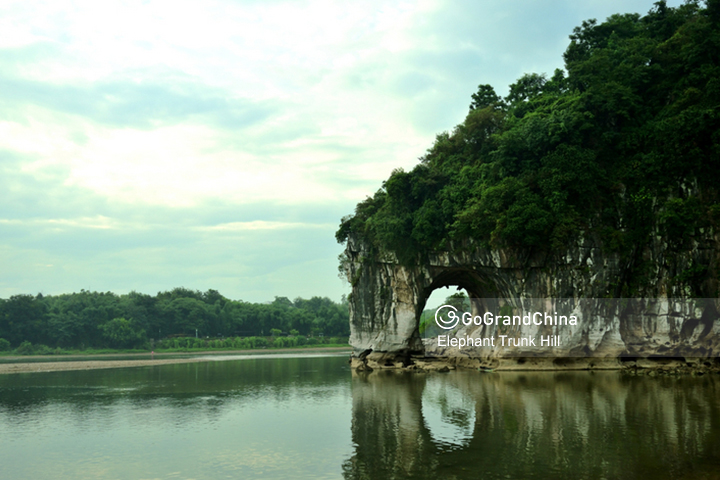
4. Dragon's Backbone Rice Terraces
Dragon's Backbone in Chinese is Longji and the rice terraces covers over 16,000 acres, with their creation beginning during the Yuan Dynasty, the terraced fields were mostly built during the Ming Dynasty about 500 years ago. Longji literally means “Dragon’s Backbone” due to the fact that the rice terraces look just like a dragon’s scales, while the mountain’s summit resembles the backbone. Visitors standing on the top of the mountain can see the dragon's backbone twisting off into the distance. Terracing the fields like this not only decreases the chances of erosion, it also helps hold water in place as rice requires a lot of water to grow. The terraced fields are built along the slope winding from the riverside up to the mountain top, the highest part being 880 meters in elevation while the lowest part is 380 meters. The coiling line that starts from the mountain foot up to the mountain top divides the mountain into layers of water glittering in the sun in spring, layers of green rice shoots in summer, layers of golden rice in fall, and layers of silvery frost in winter. Get more about the Dragon's Backbone Rice Terraces.
